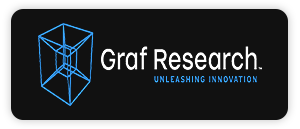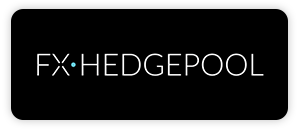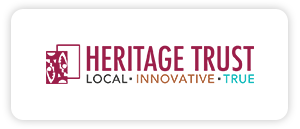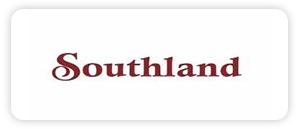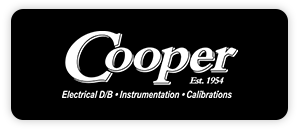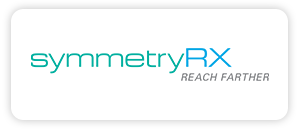Source: Joel York, Chaotic Flow
Before you let fly with your latest sales and marketing spending spree, make sure you’ve got your eye set on the right targets — aim for the causes of slow customer adoption or churn rather than the symptoms.
Every year, SaaS businesses spend millions of dollars on tools and technology designed to improve their sales and marketing processes. The common goal, typically, is to leverage that technology to attract more leads, nurture them more effectively, and close more sales.
That’s all well and good, says SaaS sales and marketing strategist Joel York, but unless companies are actively monitoring the flow of those leads and prospects through each stage of the buying process (and beyond) they can end up committing time and resources to activities that don’t have any real influence on revenue.
The Key Focal Points for Your SaaS Sales and Marketing Spending
“There are many different stages in the lead generation, customer acquisition, and retention processes that you can focus your energy on, but the key is to focus on the bottlenecks that are keeping you from driving revenue,” York explained in a recent podcast with OpenView Labs. “That seems like a simple thing to say, but many companies don’t invest the time into identifying those bottlenecks and establishing a strategy for fixing them.”
The idea, says York —author of the popular SaaS blog Chaotic Flow — is that you want to avoid throwing time and money at things you’re already doing well, and instead focus your attention and resources on improving the things that are keeping you from making more money.
So, what can SaaS businesses do to accomplish that?
3 Steps to Identifying Go-to-Market Bottlenecks
“It really boils down to identifying your bottlenecks and experimenting with tactics that help relieve them.”
York says it starts with taking a deeper look at your customer lifecycle and asking yourself this question: What’s the biggest hurdle my customers are experiencing?
“Most customer lifecycles range from basic market awareness to customer referral, and in between you’ve got customer acquisition, churn reduction, up-sells and cross-sells,” York explains. “Any one of those stages could be your bottleneck, but you have to find the one that’s the biggest constraining factor for revenue growth.”
To do that, York suggests taking three simple steps:
- Evaluate your metrics at each stage in your customer’s life-cycle
- Determine where exactly in the sales or customer retention process prospects or customers are getting stuck
- Think about the possible causes for that bottleneck from the customer’s perspective
If, for example, your biggest issue is that customers aren’t finding your business, then you should focus the majority of your energy on awareness and understanding why customers don’t know who you are. If it’s high churn, then you need to determine what’s causing that churn (i.e., poor user experience, ineffective customer onboarding, etc.), and formulate a strategy for improving those things.
“I really boils down to identifying your bottlenecks and experimenting with tactics that help relieve them,” York explains. “If you commit to a consistent review of the customer lifecycle to make sure there aren’t any bottlenecks, then you’ll be able to hone your energy, focus, and resources on the activities in your go-to-market strategy that will have a real impact on revenue growth.”
Take the Next Step: Discover 5 Key SaaS Sales and Marketing Metrics to Track
When scaling a SaaS company, keeping tabs — and acting on — key performance indicators is an absolute must. Intronis CEO Rick Faulk explains why that is especially true when it comes to sales and marketing, and highlights the most critical metrics to track your spending and success. Read more.
Joel York is a SaaS marketing and sales executive, and the respected author of Chaotic Flow where he writes about SaaS strategy, marketing, and sales
About Scale Finance
Scale Finance LLC (www.scalefinance.com) provides contract CFO services, Controller solutions, and support in raising capital, or executing M&A transactions, to entrepreneurial companies. The firm specializes in cost-effective financial reporting, budgeting & forecasting, implementing controls, complex modeling, business valuations, and other financial management, and provides strategic help for companies raising growth capital or considering M&A/recapitalization opportunities. Most of the firm’s clients are growing technology, healthcare, business services, consumer, and industrial companies at various stages of development from start-up to tens of millions in annual revenue. Scale Finance LLC has offices throughout the southeast including Charlotte, Raleigh/Durham, Greensboro, Wilmington, Washington D.C. and South Florida with a team of more than 40 professionals serving more than 100 companies throughout the region.


